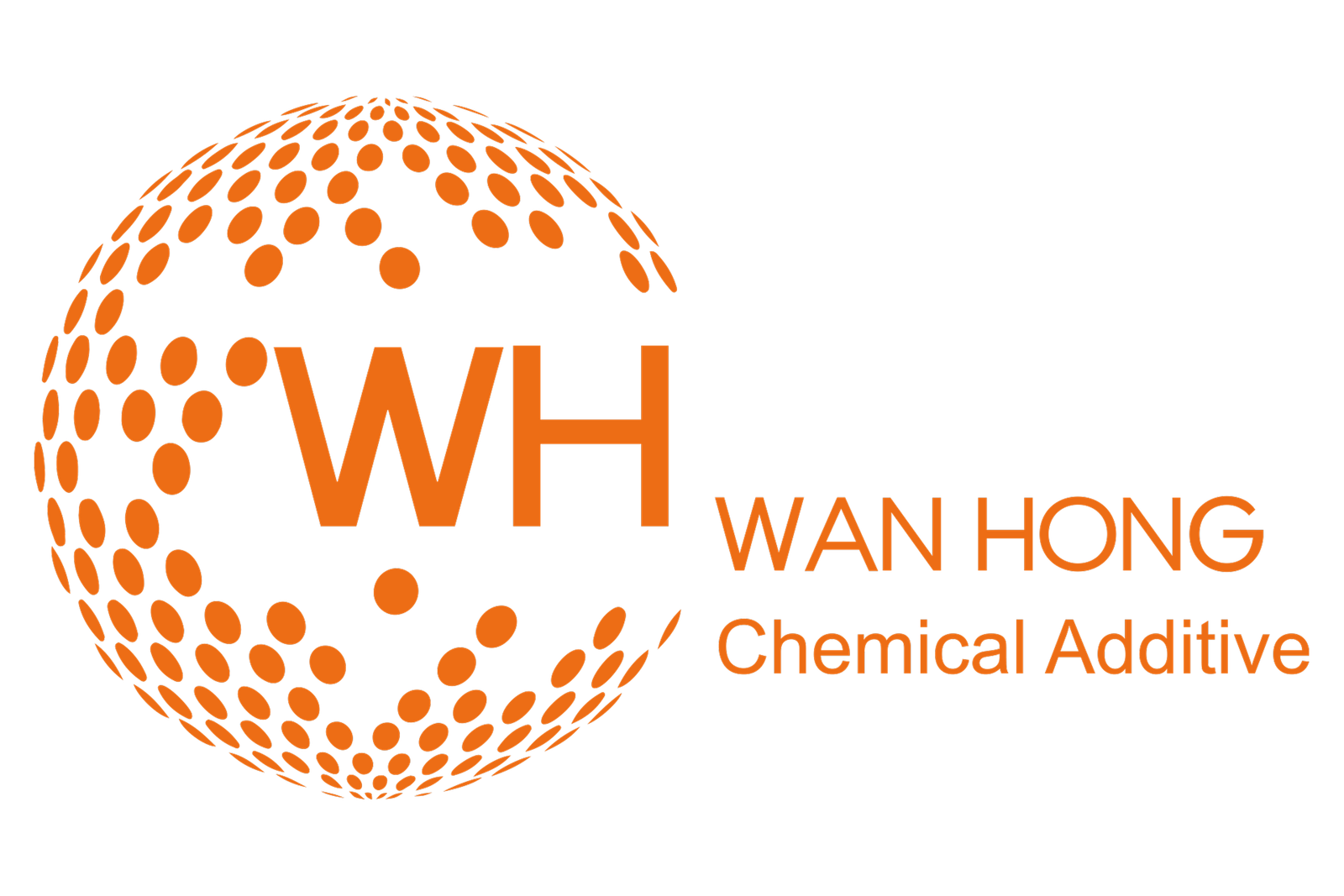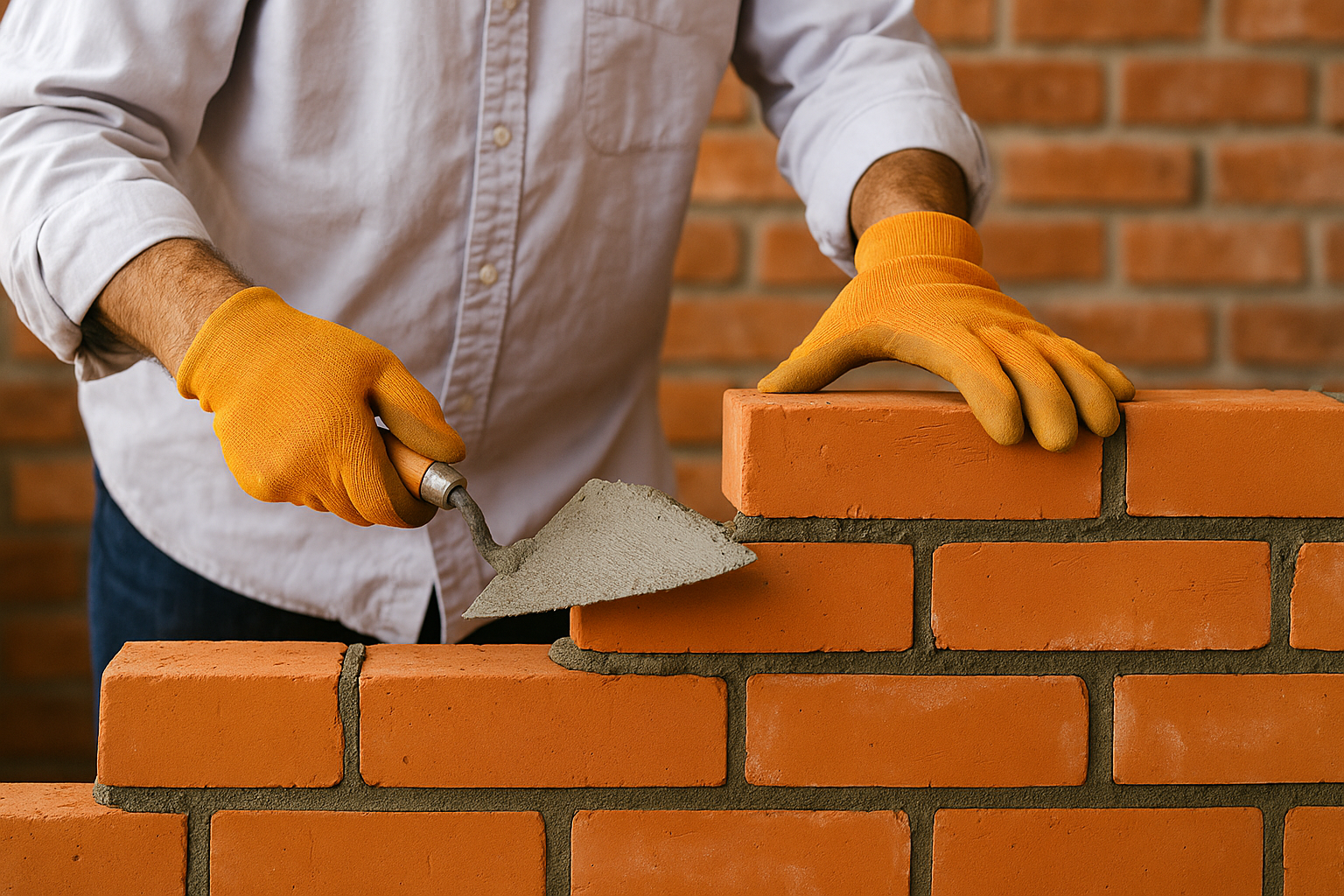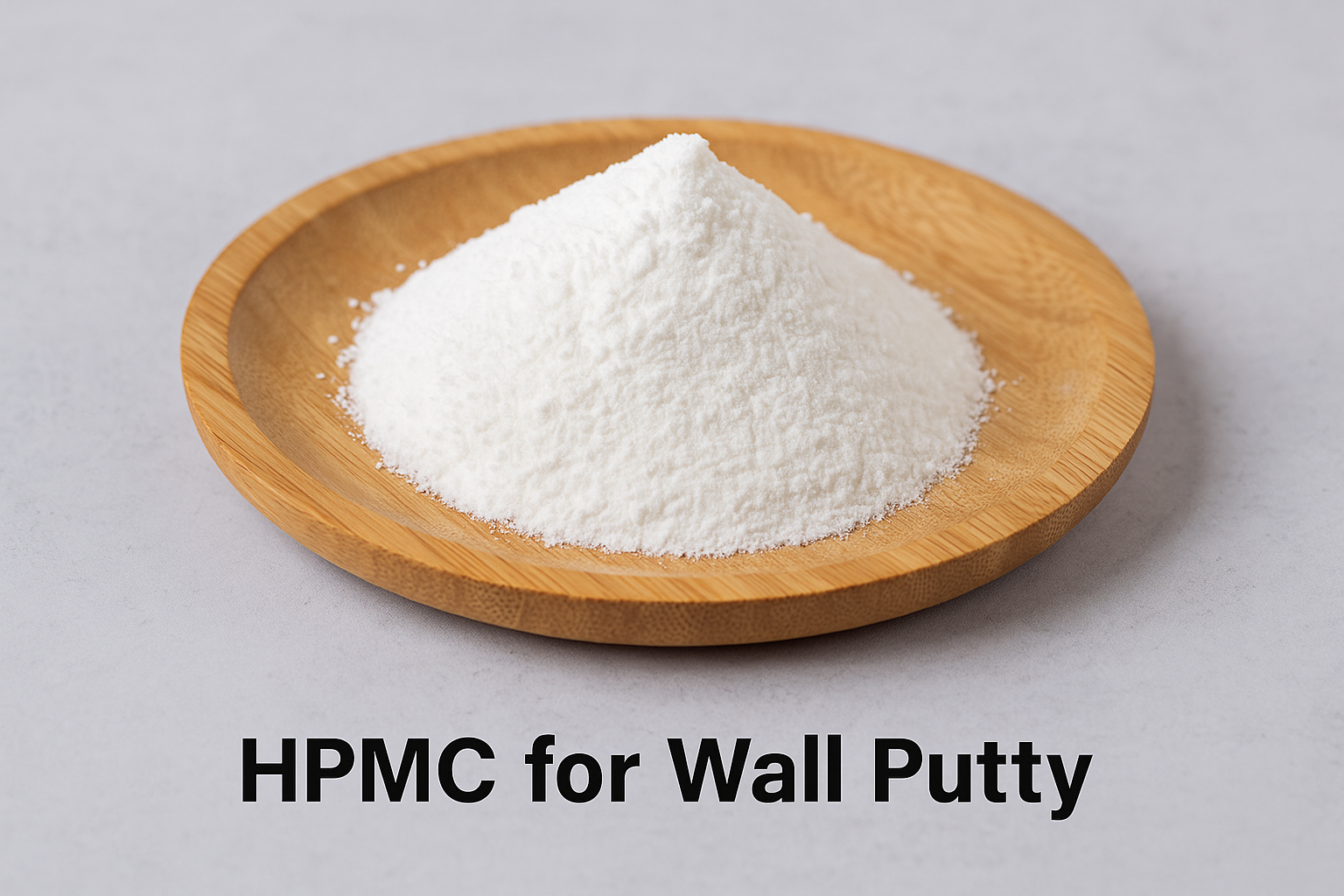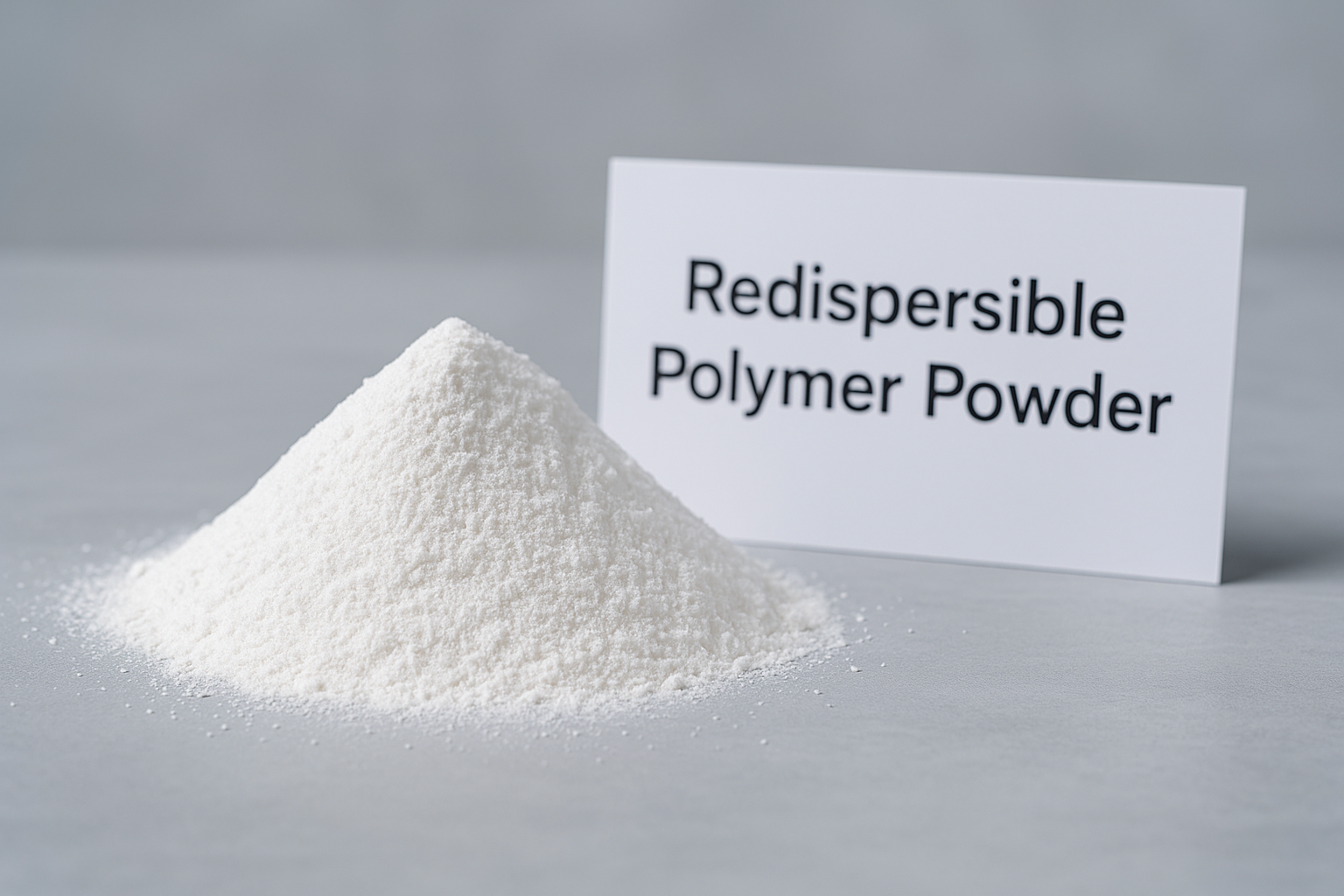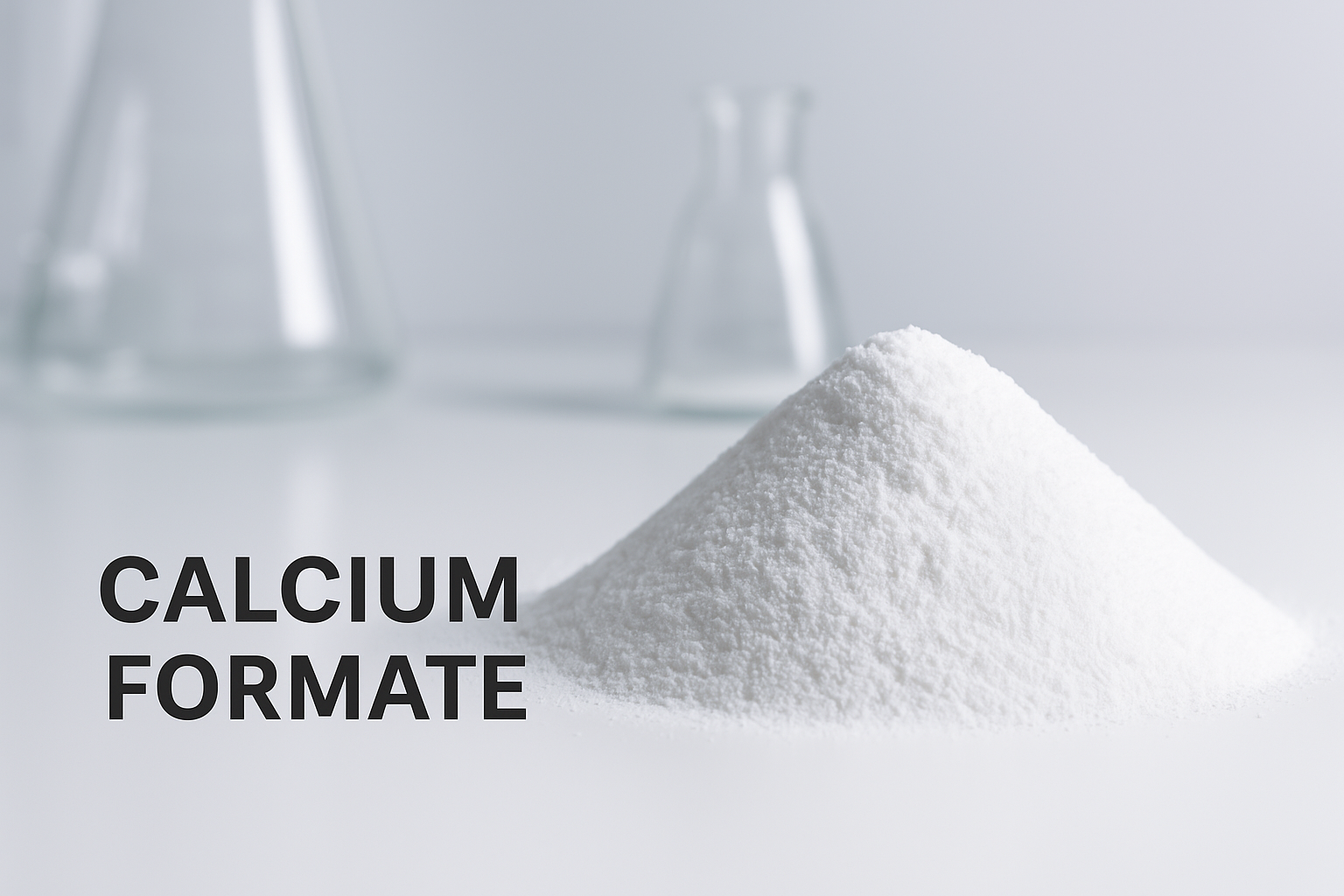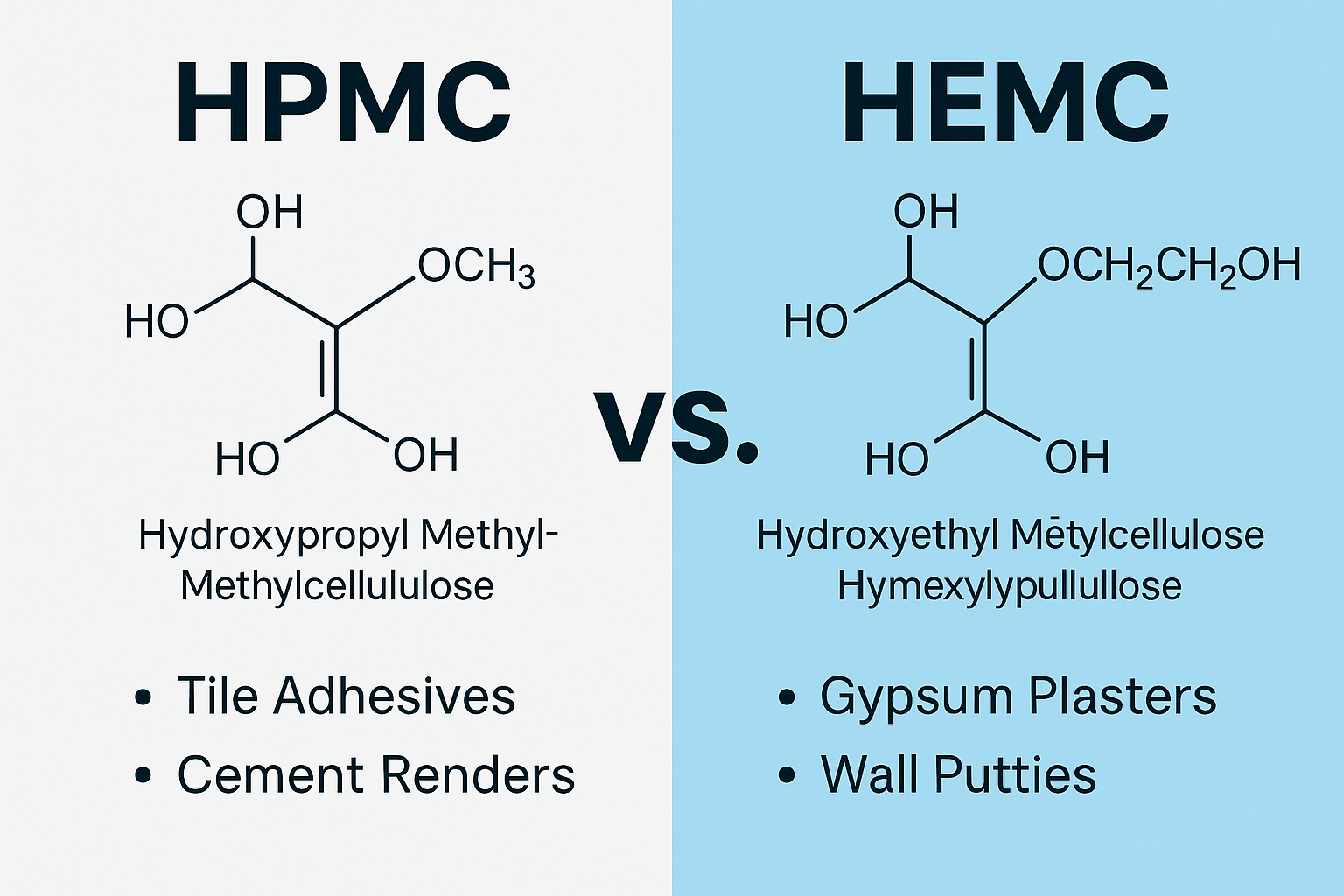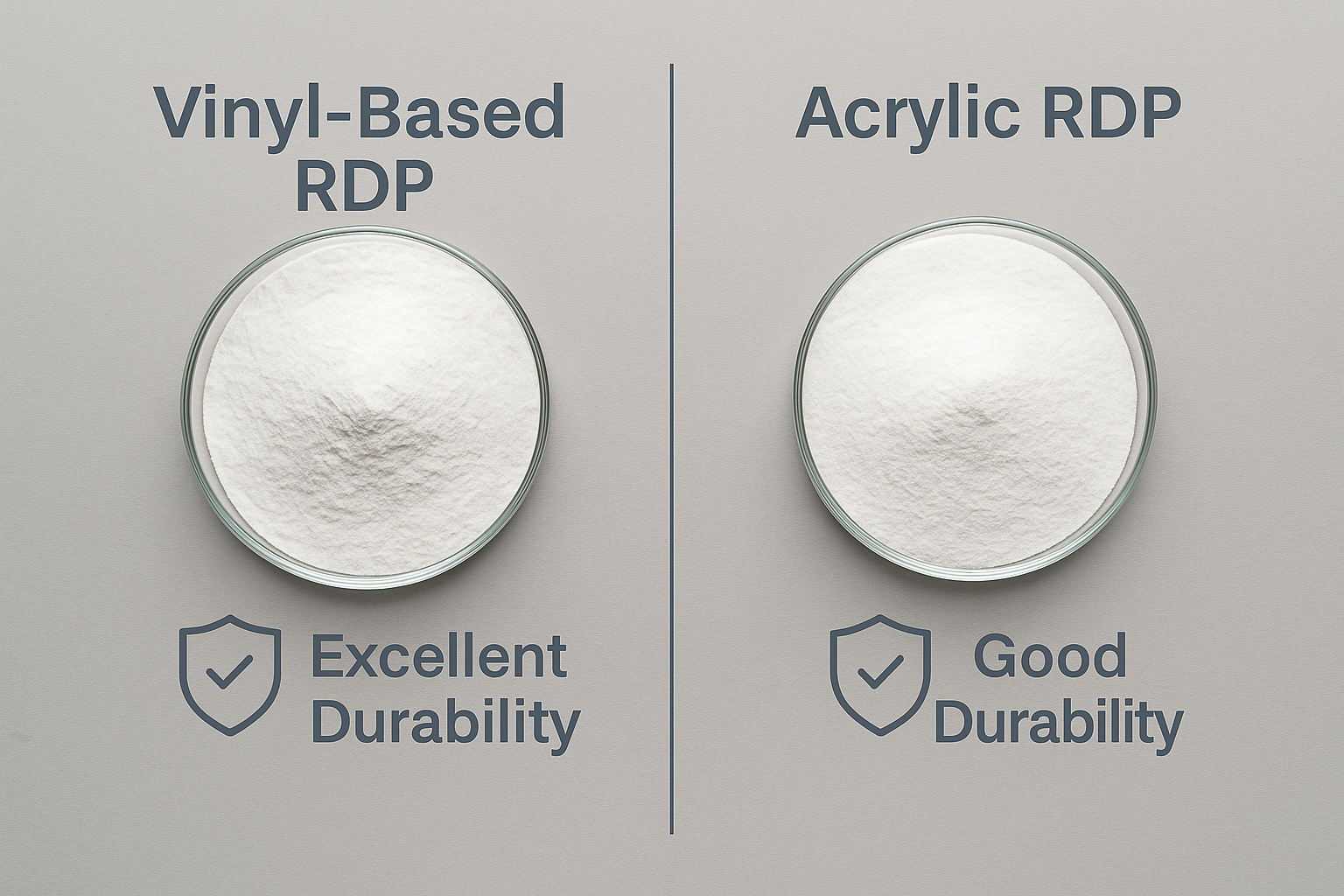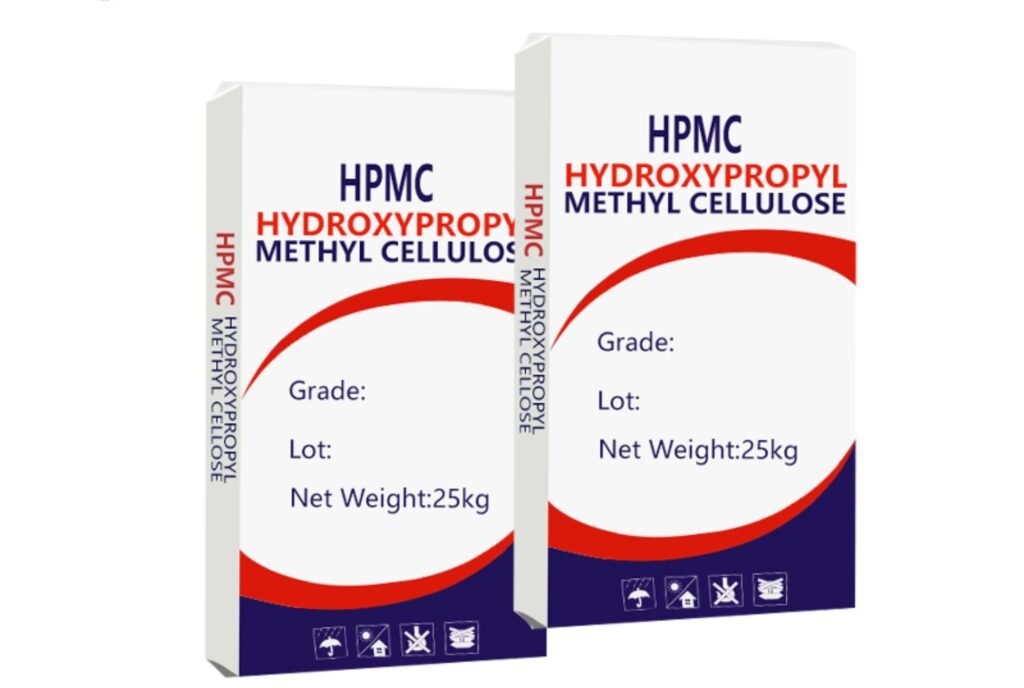Are you struggling with tile adhesives that fail too soon? Poor water retention and inadequate open time can lead to costly repairs and unsatisfied customers. HPMC might be the solution you need.
HPMC (Hydroxypropyl Methylcellulose)1 is a vital additive in tile adhesives that improves water retention, extends open time, enhances sag resistance, and increases bond strength. When properly formulated at 0.2-0.5% concentration, it creates superior adhesives for ceramic, porcelain, and natural stone tiles.
I've been in the construction chemicals industry for over 15 years, and I've seen firsthand how the right HPMC can transform ordinary tile adhesives into exceptional bonding agents. Let me share what I've learned about this remarkable cellulose ether and how it can solve your tile adhesive challenges.
What Makes HPMC Essential for Quality Tile Adhesives?
Do you know why some tile installations last decades while others fail within months? The secret often lies in the quality of the HPMC used in the adhesive formulation.
HPMC functions as a water retention agent, thickener, and binder in tile adhesives. It prevents premature water loss to porous substrates and tiles, extends working time, improves adhesion, and enhances consistency for easier application and better performance in various environmental conditions.
HPMC transforms ordinary cement-based tile adhesives into high-performance products through its unique chemical structure. As a cellulose derivative, HPMC contains both hydrophilic and hydrophobic groups that interact with water and cement particles to create an ideal adhesive matrix.
Key Technical Properties of HPMC for Tile Adhesives:
| Property | Function | Benefit |
|---|---|---|
| Viscosity | Controls consistency | Easier application, prevents sagging |
| Methoxyl Content | Affects water retention | Longer open time |
| Hydroxypropyl Content | Impacts solubility | Better cement compatibility |
| Particle Size | Determines dissolution rate | Faster mixing, fewer lumps |
| Gel Temperature | Controls working properties | Stable performance in different climates |
When I visited a tile adhesive factory in Dubai last year, the production manager showed me how switching to our premium HPMC grade improved their production efficiency by 15% and reduced customer complaints by over 30%. The right HPMC makes all the difference.
How Does HPMC Improve Tile Adhesive Performance?
Have you ever wondered why some tile adhesives seem to dry out too quickly, making it impossible to adjust tiles after placement? Poor water retention could be the culprit, and HPMC offers the solution.
HPMC improves tile adhesive performance by extending open time up to 30 minutes, enhancing adhesion strength by 15-30%, providing sag resistance for heavy tiles, ensuring consistent workability, and promoting proper cement hydration for maximum bond strength development.
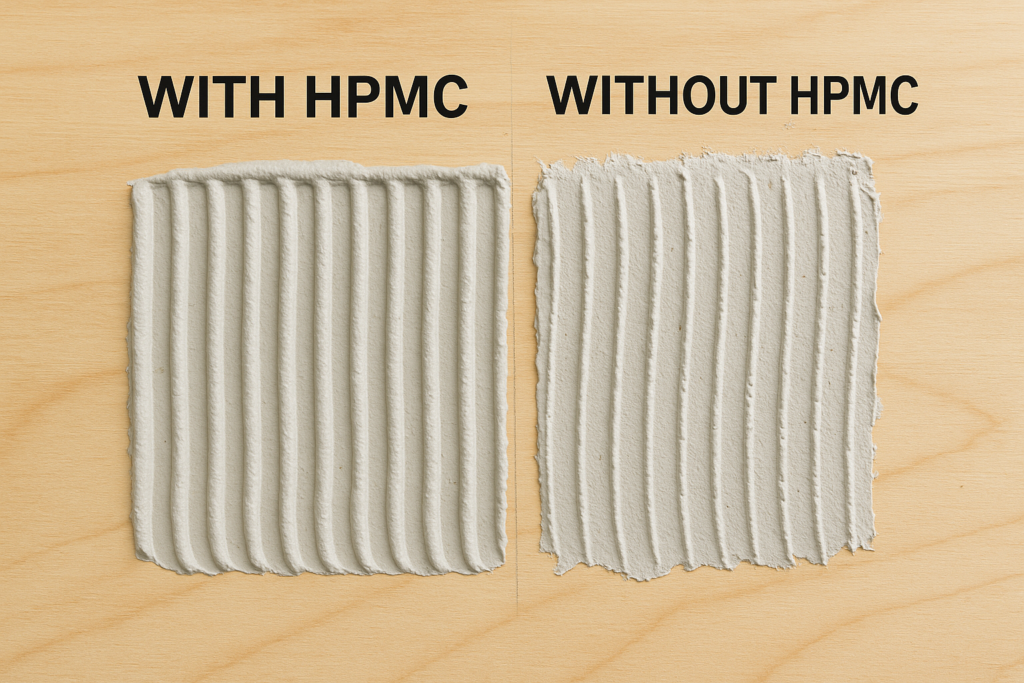
HPMC's influence on tile adhesive performance2 goes beyond simple water retention. Its molecular structure creates a three-dimensional network within the adhesive that fundamentally changes how the material behaves during application and curing.
When HPMC3 dissolves in water, it forms a polymeric solution that coats cement particles and creates temporary hydrogen bonds. These bonds slow water movement and evaporation, giving installers more working time. As the cement hydrates, HPMC gradually releases water, ensuring optimal curing conditions.
Performance Improvements with Different HPMC Grades:
| HPMC Type | Viscosity | Open Time | Sag Resistance | Best For |
|---|---|---|---|---|
| Low Viscosity (5,000-15,000 mPa·s) | Moderate | Good | Minimal | Floor tiles |
| Medium Viscosity (15,000-30,000 mPa·s) | High | Better | Good | Wall tiles |
| High Viscosity (30,000-100,000 mPa·s) | Very High | Best | Excellent | Large format and heavy tiles |
I remember a project in Saudi Arabia where the contractor was struggling with tiles falling off walls during summer installations. After we recommended switching to our high-viscosity HPMC with enhanced thermal stability, the problem disappeared completely, saving them thousands in rework costs.
What Are the Best HPMC Grades for Different Tile Applications?
Are you confused by the variety of HPMC products available and unsure which is best for your specific tile adhesive needs? Selecting the wrong grade can lead to application problems and reduced performance.
For floor tiles, use HPMC with 15,000-20,000 mPa·s viscosity and medium substitution. Wall tiles require 20,000-40,000 mPa·s viscosity with higher methoxyl content. Large-format tiles need 60,000+ mPa·s viscosity HPMC with enhanced sag resistance. Natural stone applications benefit from rapid-dissolving grades with low gel temperature.
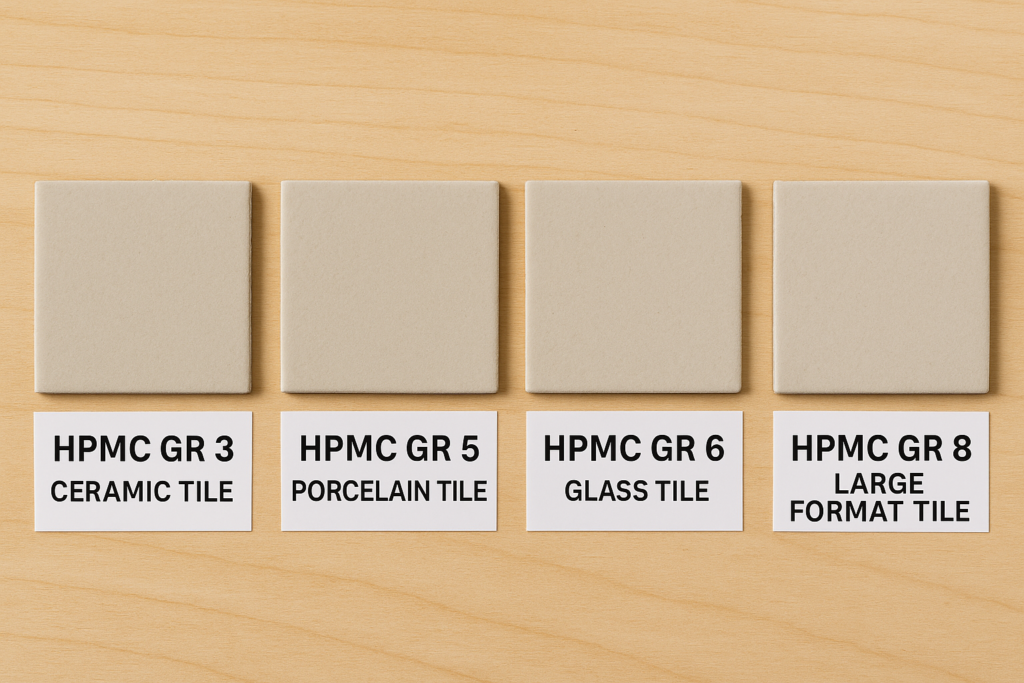
Selecting the optimal HPMC grade involves understanding both the chemical properties and the practical application requirements. The viscosity is just one factor - molecular substitution patterns, particle size, and dissolution characteristics all play crucial roles in performance.
Our laboratory testing has revealed that the methoxyl to hydroxypropyl ratio significantly impacts the adhesive's behavior in different environmental conditions. Higher methoxyl content improves water retention in dry conditions, while higher hydroxypropyl content enhances performance in humid environments.
Application-Specific HPMC Recommendations:
| Application | Recommended HPMC Features | Dosage | Benefits |
|---|---|---|---|
| Indoor Floor Tiles | Medium viscosity (15,000-20,000 mPa·s), standard dissolution | 0.2-0.3% | Good workability, adequate open time |
| Bathroom Wall Tiles | Medium-high viscosity (25,000-40,000 mPa·s), high water retention | 0.3-0.4% | Excellent resistance to humid conditions, strong adhesion |
| Large Format Tiles | High viscosity (50,000-80,000 mPa·s), enhanced sag resistance | 0.3-0.5% | Prevents slippage, supports heavy tiles |
| Outdoor Applications | Thermal-stable grades, UV-resistant | 0.3-0.4% | Withstands temperature variations, weather-resistant |
| Natural Stone | Low-hydroxypropyl grades, controlled dissolution | 0.2-0.3% | Minimizes staining risk, compatible with sensitive stones |
When I consulted for a large tile installation project in Dubai's Burj Khalifa, we developed a custom HPMC blend that addressed the unique challenges of installing marble tiles at extreme heights with variable temperature conditions. This customization capability is what makes quality HPMC suppliers invaluable partners.
How Should HPMC Be Incorporated into Tile Adhesive Formulations?
Have you experienced lumps or inconsistent performance in your tile adhesive mixtures? Improper HPMC incorporation techniques4 could be undermining your product quality and reputation.
HPMC should be pre-mixed with dry components before adding water, using the "dry-blend" method for production efficiency. For laboratory testing, use the "wet-blend" technique where HPMC is dispersed in hot water (80°C), cooled to form a gel, then mixed with cement components. Typical dosage ranges from 0.2% to 0.5% of the total formulation.
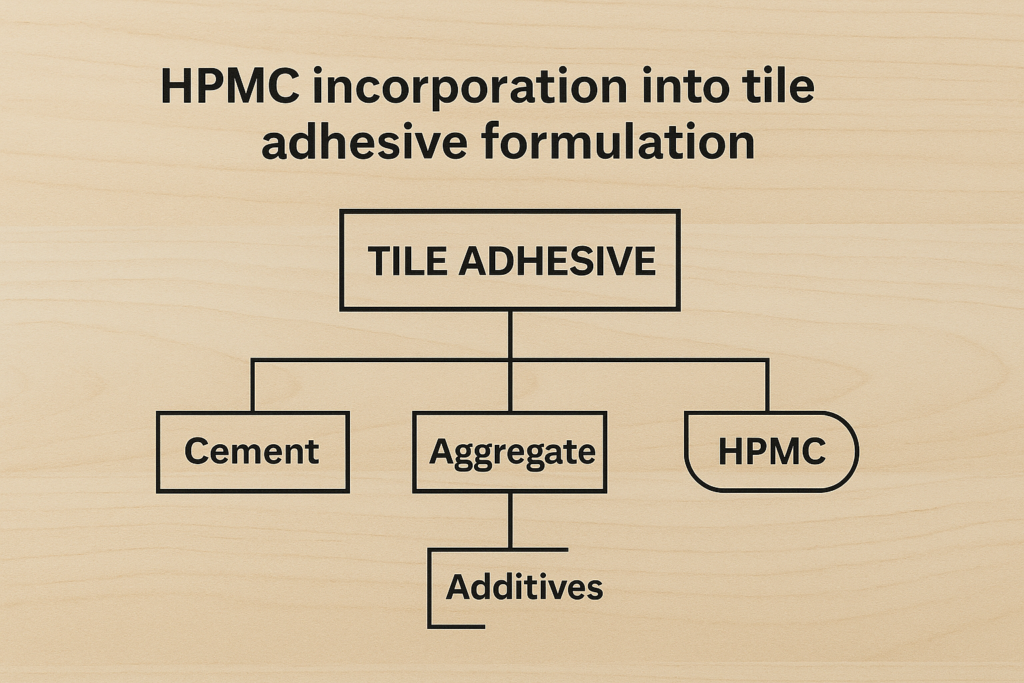
The incorporation method significantly impacts HPMC5's performance in the final adhesive product. Poor dispersion leads to fish-eyes and inconsistent water retention, while proper mixing ensures uniform distribution throughout the mixture.
In industrial production, I recommend using high-shear mixers for dry-blending HPMC with other powder components before adding to the main mixer. This prevents agglomeration and ensures complete dissolution when water is added. For smaller operations, a ribbon blender with sufficient mixing time (minimum 10-15 minutes) will achieve satisfactory results.
Step-by-Step HPMC Incorporation Process:
- Preparation: Ensure all equipment is dry and clean
- Pre-mixing: Blend HPMC with cement at a ratio of 1:10 to improve dispersion
- Main mixing: Add the HPMC-cement premix to other dry ingredients
- Thorough blending: Mix dry components for 10-15 minutes
- Quality check: Test dissolution rate and consistency
- Packaging: Store in moisture-proof containers
I witnessed the importance of proper incorporation firsthand when visiting a client's factory in Pakistan. Their inconsistent product quality was traced to inadequate HPMC dispersion. After implementing our recommended mixing protocol, their quality control rejection rate dropped from 12% to less than 2%.
What Are the Storage and Handling Best Practices for HPMC?
Does your HPMC sometimes perform inconsistently despite being the same grade? Improper storage might be degrading its properties, costing you quality and customer satisfaction.
Store HPMC5 in dry conditions below 30°C, away from direct sunlight, in sealed containers. The shelf life is typically 24 months when properly stored. Handle with appropriate dust protection equipment. Avoid extreme temperature changes that can affect dissolution properties and performance consistency.
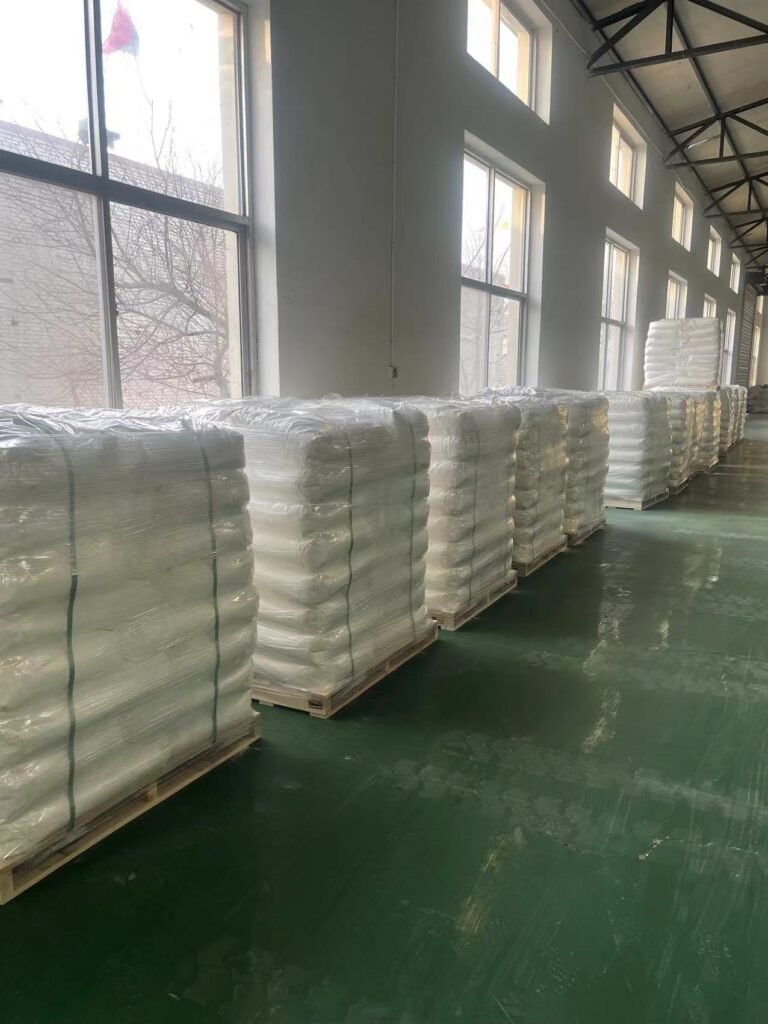
HPMC6's molecular structure can be affected by environmental factors, particularly moisture and temperature. As a hygroscopic material, HPMC will absorb atmospheric moisture if exposed, which can initiate premature hydration and reduce effectiveness.
In our technical support visits to clients, I've found storage issues to be among the most common causes of performance problems. One tile adhesive manufacturer in Mexico was experiencing seasonal quality variations until we discovered their warehouse temperatures were reaching 40°C during summer months, affecting the HPMC's dissolution characteristics.
Storage and Handling Guidelines:
| Factor | Recommendation | Reason |
|---|---|---|
| Temperature | Store between 10-30°C | Prevents thermal degradation and moisture condensation |
| Humidity | Keep relative humidity below 65% | Prevents moisture absorption and clumping |
| Container | Use moisture-proof, sealed packaging | Protects from environmental exposure |
| Stacking | Maximum 2 pallets high, proper airflow | Prevents compaction and moisture trapping |
| Rotation | First-in, first-out inventory management | Ensures freshness and consistent performance |
| Safety | Dust masks, gloves when handling | Protects workers from irritation |
After implementing proper storage protocols at our distribution center in Singapore, we eliminated customer complaints related to HPMC performance inconsistency, demonstrating how critical proper handling is to maintaining product integrity.
Conclusion
HPMC is the unsung hero of quality tile adhesives, providing crucial water retention, extended open time, and enhanced bonding strength. By selecting the right grade, incorporating it properly, and storing it correctly, you can create superior tile adhesives that meet the demands of modern construction challenges.
-
Explore this resource to understand how HPMC enhances tile adhesive performance and why it's essential for quality installations. ↩
-
Discover how HPMC enhances tile adhesive performance, providing insights that can help you choose the right products for your projects. ↩
-
Explore this link to understand the role of HPMC in tile adhesives and its impact on performance, ensuring you make informed choices. ↩
-
Learning about effective incorporation techniques can prevent issues like lumps and improve adhesive performance. ↩
-
Understanding HPMC's role in adhesives can enhance product quality and consistency. Explore this link for in-depth insights. ↩ ↩
-
Understanding HPMC's role in construction can enhance your knowledge of material performance and application. ↩
